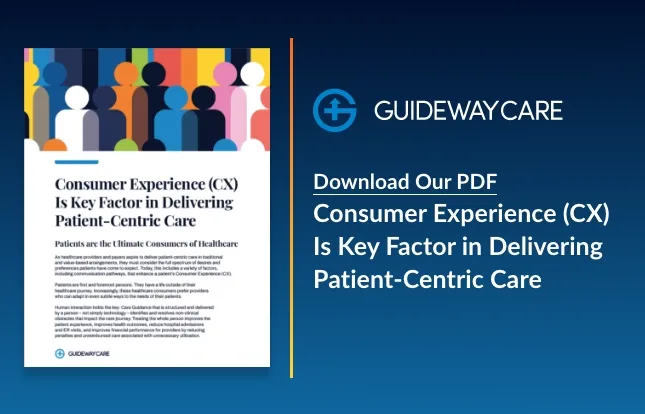Crucial Elements Needed to Achieve Success With the Oncology Care Model

The Centers for Medicare and Medicaid Services (CMS) is set to launch the Enhancing Oncology Care Model (EOM) on July 1, 2023. With comprehensive and coordinated cancer care, the new model plans to improve the quality of care and reduce overall costs for Medicare beneficiaries with cancer. EOM participants must meet a set of five key elements to achieve success with the model.
1) Finding Eligible Patients and Charging for Monthly-Enhanced Oncology Services (MEOS)
Under the EOM model, a Monthly Enhanced Oncology Services (MEOS) payment is included in the OCMP. To be eligible for this payment, a practice must have 15% of its total Medicare patients enrolled in an advanced alternative payment model (APM) such as accountable care organizations or patient-centered medical homes. To successfully participate in MEOS and receive the associated payments, oncology practices need to accurately identify which patients qualify and how to charge for this service.
Read more: What is a MEOS Payment?
2) Analyzing and Reporting Quality Metrics
Oncology practices should assess and report quality metrics according to their individual practice’s goals, patient population, and delivery system while also meeting CMS reporting requirements. The Institute of Medicine’s Care Management Plan, which is part of the Oncology Care Model, should be used to ensure timely and high-quality cancer care. This plan includes assessing patient risk factors, establishing evidence-based protocols for screening and surveillance tests, monitoring patients’ symptom management, and providing support services. Additionally, practices should establish a system that allows them to review quality metrics regularly. This will allow them to monitor the performance of their practice and identify areas for improvement.
3) Cost Resource Utilization
Proper management of MEOS payments and other cost resources is essential for a successful Oncology Care Model. This includes ensuring that payments are being received on time and accurately and assessing the best way to allocate costs between providers and MEOS. Additionally, it is essential to consider optimizing services to maximize reimbursement from payers while minimizing excessive utilization of resources, such as chemotherapy drugs.
Practices must give detailed information concerning all new employees and their salaries and any capital expenses that may be incurred to comply with the Enhancing Oncology Model. This includes providing an annual report of costs and utilization data from all providers to track progress.
4) Quality of Care
The EOM Model aims to improve patient outcomes while reducing costs. To achieve this, it is essential to ensure that clinicians use evidence-based guidelines when providing care and assessing quality metrics such as cancer stage at diagnosis, time from diagnosis to treatment initiation, and completion of recommended follow-up activities. Additionally, providers must track and document the type of services a patient has received to ensure that all elements needed for optimal care are present.
Engaging with patients is essential for developing personalized treatment plans that best meet the needs of each individual. The model encourages providers to utilize innovative technologies such as electronic health records (EHRs) and telehealth services to improve communication between patients and their care teams.
For value-based oncology care, contact Guideway Care. Our solutions can enable you to accomplish success with the EOM. Guideway Care Guides are designed to enable providers with the resources and technology needed to succeed in EOM.
Contact Us Today To Learn How We Can Help
"*" indicates required fields




